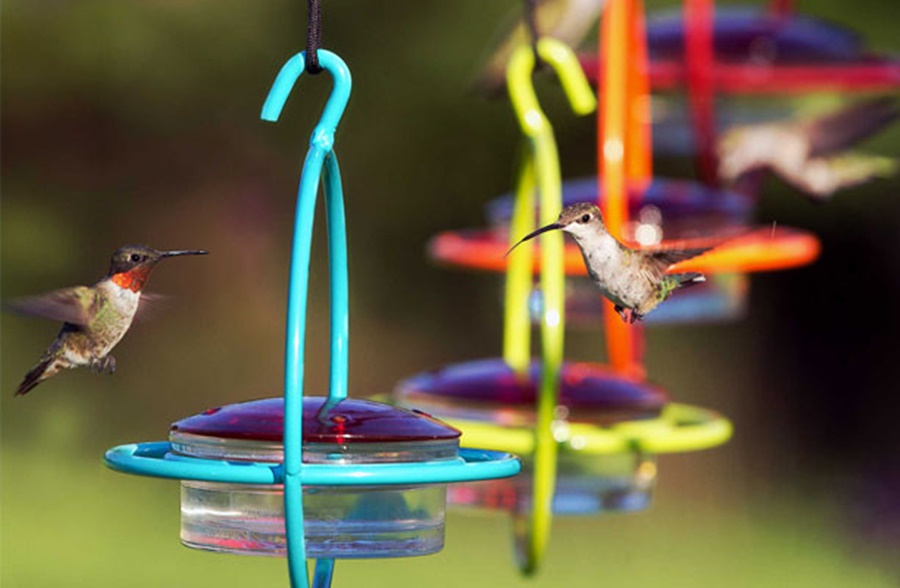Hummingbirds are among nature's most fascinating creatures. Their vibrant colors, incredible speed, and hovering abilities make them a joy to watch. If you want to attract more hummingbirds to your yard, the placement of your feeder is key. Here’s a detailed guide to finding the best location for your hummingbird feeders.
1. Choose a Shady, Sheltered Spot
Hummingbirds are more likely to visit feeders placed in shaded areas. Direct sunlight can cause the nectar to spoil quickly, especially in the summer months. Look for a location that gets partial shade during the day, such as under tree branches or near an awning.
Why Shade Matters:
- Keeps nectar fresh longer
- Prevents overheating of sugar water
- Offers birds a cool resting spot
2. Keep It Visible and Accessible
While shade is important, your feeder should still be easy for hummingbirds to find. They rely on sight to locate food, so place the feeder in a spot where it stands out—preferably near brightly colored flowers or against a backdrop that contrasts with the feeder’s color.
Tips for Visibility:
- Use red feeders to attract hummingbirds
- Place near flower beds or potted plants
- Avoid hiding the feeder deep within dense foliage
3. Place Near Natural Food Sources
Positioning feeders close to nectar-rich flowers will increase your chances of visits. Native flowering plants not only attract hummingbirds but also make your yard a reliable feeding area.
Great Companion Plants:
- Bee balm
- Salvia
- Trumpet vine
- Columbine
- Fuchsia
This setup gives hummingbirds a variety of food options, making your space more appealing.
4. Provide Perching Opportunities
Hummingbirds rest more often than people think. Placing feeders near perches such as thin branches, garden stakes, or trellises will give them a place to rest between feedings.
Additional Perch Ideas:
- Decorative iron hangers
- Thin bamboo poles
- Clotheslines or small twigs
Some people even add purpose-made hummingbird perches near feeders to encourage longer stays.
5. Ensure Safety from Predators
Avoid placing your feeder too close to areas where cats or other predators can hide and pounce. Keep feeders elevated and away from thick shrubbery or fences that may give predators easy access.
Predator Safety Tips:
- Hang feeders at least 5 feet off the ground
- Avoid low-hanging tree branches that predators could use
- Keep away from windows to reduce collisions
If window placement is necessary, add decals or use anti-collision window films.
6. Keep It Convenient for Refilling and Cleaning
You'll need to clean and refill your feeder regularly about every 3 to 5 days in hot weather to prevent mold and fermentation. Make sure the location is easy to reach.
Maintenance-Friendly Locations:
- Near patios or walkways
- On shepherd's hooks with hanging arms
- Within arm's reach of decks or balconies
Convenience encourages consistent care, which is critical to keeping your hummingbird visitors healthy.
7. Avoid Windy or Noisy Areas
Hummingbirds prefer calm, quiet environments. Placing feeders in windy spots can cause swaying, which deters birds and spills nectar. Similarly, avoid locations with loud noises, such as near air conditioners, pool pumps, or barking dogs.
Conclusion
Placing your hummingbird feeder in the right location makes all the difference when it comes to attracting and keeping these fascinating birds in your yard. The best spots offer a balance of shade and visibility, are close to natural food sources and perching areas, and are safe from predators and harsh weather. Most importantly, the feeder should be easy for you to access for regular cleaning and refilling.


